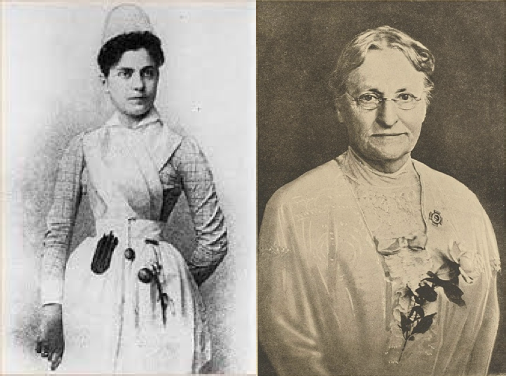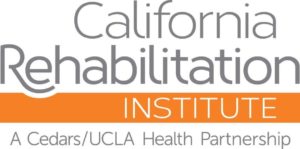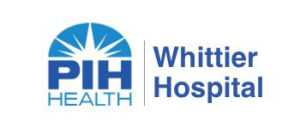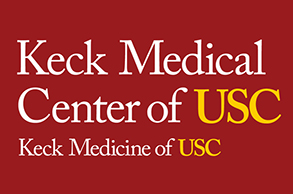Profiles In Nursing
Linda Richards (1841–1930), The First Graduate of America’s First Nursing School

After graduating from the inaugural class of America’s first professional nurse training program, Linda Richards made remarkable reforms to nursing education and practice: improving hospital lighting, creating the first charting system, and establishing nurse training programs across the United States.
A Born Nurse
Malinda Ann Judson Richards was born in Potsdam, N.Y., on July 27, 1841. She lost both parents at a young age — her father to tuberculosis when she was just 4 years old, her mother to the same disease several years later.
Richards spent much of her childhood as a nurse at her mother’s bedside. Seeing the skill Richards demonstrated in caring for her mother, a local physician often took her along on house calls, answering her questions and instructing her in medicine. By the time she was a teenager, she was known as the local “born nurse.”
At 15, Richards enrolled in a one-year teaching program at St. Johnsbury Academy. After graduation, she met her fiancé, George Poole. Before they could marry, Poole enlisted to fight in the Civil War and was severely wounded. He and Richards never actually married, but she cared for him until his death a few years later.
Inspiration From Germany
Caring for Poole and hearing of the great need for nurses during the war renewed Richards’ heart for nursing, so she moved to Boston to work as an assistant nurse at Boston City Hospital. However, she soon learned that “assistant nurse” was just a fancy title for “ward maid.” Worse, the wards were poorly managed, and the nurses cared little for their patients.
After a period of illness, Richards set out to find a nurse training program where she could be formally instructed in nursing like her peers in Europe.












